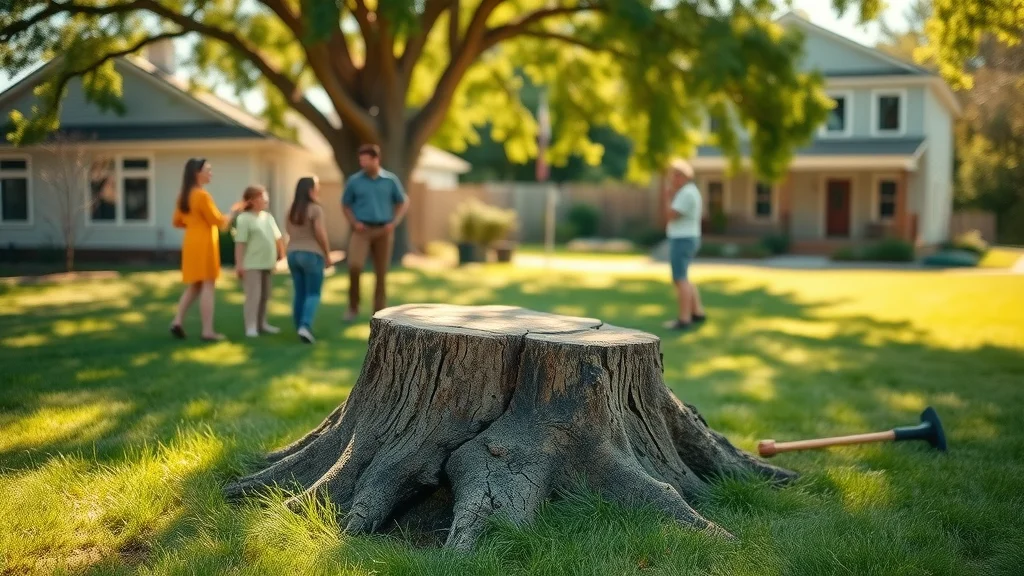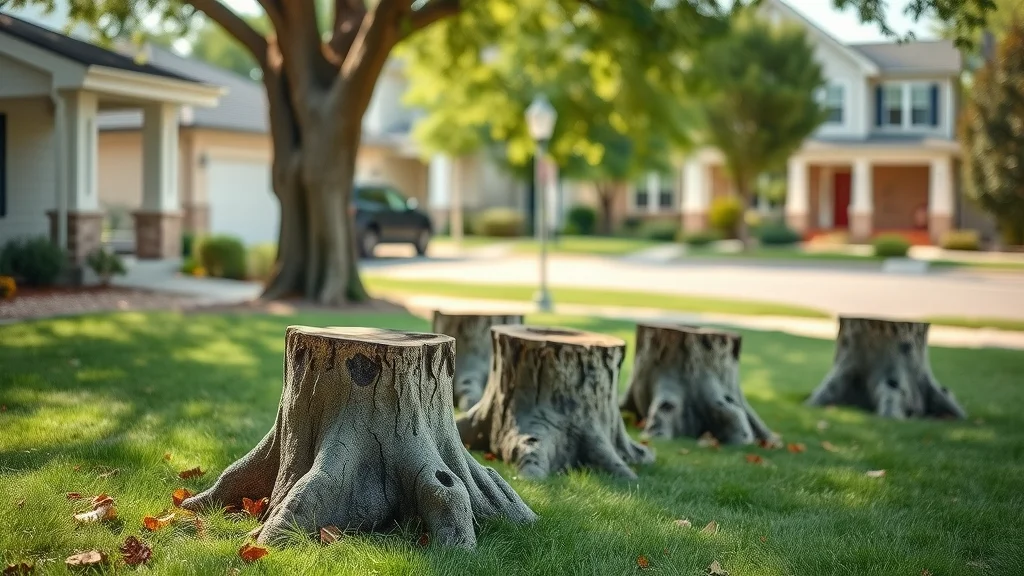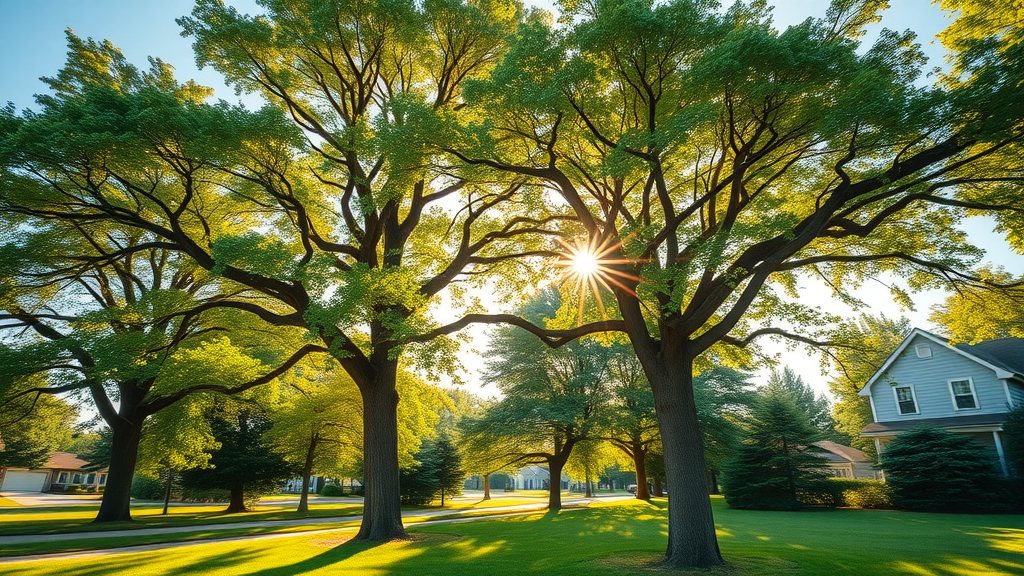Blog Categories
Click for More Podcasts
Click for More Arborist Stories
Stay Ahead in Landscaping with Tree Guardian News
Blog Categories
Blog Categories
Stay Informed with Tree Guardian News!
Be the first to know about the latest trends, tips, and updates in proactive tree hazard prevention. Join our community and receive our free newsletter packed with industry news and practical advice.
If you’re interested in contributing your own article ideas, please reach out to us directly.
SUBSCRIBE NOW
Removed Automation Delay
Added Automation Delay
* We don't share your personal info with anyone.
Check out our Privacy Policy for more information.
Homeowners & Businesses concerned about tree and landscape care, safety issues from storms, old or diseased trees, structural damage risks, and insurance implications.
Tree Guardian News is a subsidiary of RP Design Web Services.
AVAILABLE FROM 8AM - 5PM
Cheshire,CT
POBox 1189
ABOUT US
Tree Guardian News is your go-to media hub for cutting-edge strategies to maintain a safe and vibrant environment. We are committed to protecting your property and family by providing proactive tree hazard prevention and awareness. Our platform empower communities to safeguard their surroundings and enjoy healthier, more resilient landscapes.
© 2025 RP Design Web Services All Rights Reserved. P.O. Box 1189, Cheshire, CT 06410 . Contact Us . Terms of Service . Privacy Policy














